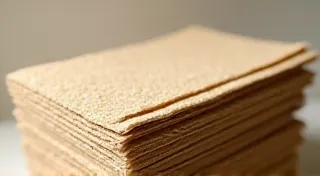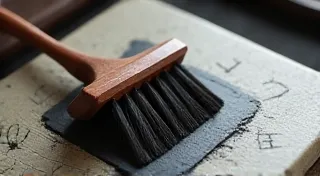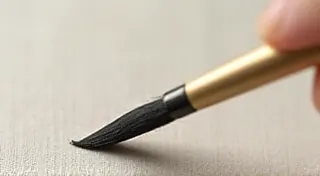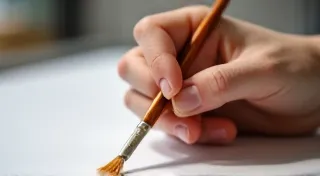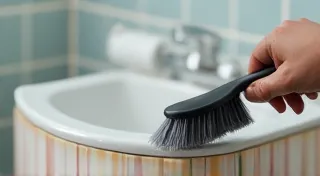Maintaining Your Sumie Brushes: A Guide to Longevity
Your Sumie brushes are your most valuable tools in the beautiful and expressive art of Japanese ink painting. They're crafted with meticulous care, and a little care from you will ensure they last for years, providing consistent and expressive results. This guide will walk you through the essential techniques for cleaning, storing, and generally caring for your Sumie brushes.
Understanding Your Brush
Before diving into maintenance, it’s important to understand a little about Sumie brush construction. Most brushes consist of a handle (often lacquered wood), a core made of a strong cord, and tufts of hair. These hairs can be animal hair – typically goat, rabbit, or weasel – or a blend of these, or even a synthetic option. Animal hair brushes will generally require more diligent care than synthetic ones.
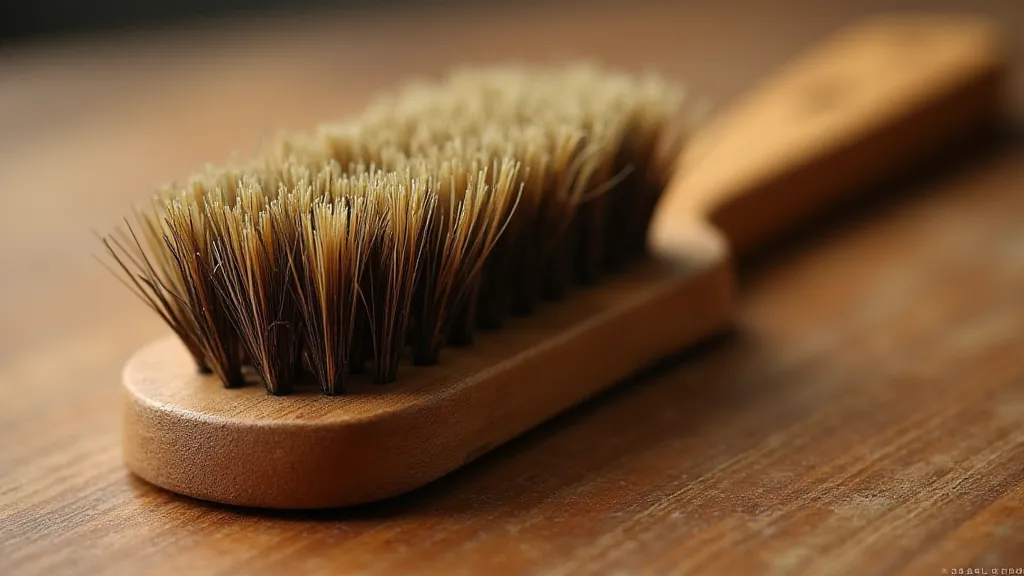
Cleaning Your Sumie Brush – The Right Way
Cleaning is the most crucial aspect of brush maintenance. Here's a step-by-step guide:
- Immediate Rinse: After *every* painting session, immediately rinse your brush thoroughly under lukewarm water. Do this even if you used very little ink.
- Gentle Soap (If Needed): If ink residue is stubborn, use a tiny amount of mild, pH-neutral soap. Avoid harsh detergents as they can strip the hair’s natural oils.
- Rinse Again: Rinse, rinse, rinse! Ensure *all* soap is removed. Residue will dry and stiffen the hairs.
- Shape and Remove Excess Water: Gently reshape the brush head to its original form. A light squeeze can help remove excess water, but *don’t wring* the brush, as this can damage the core and hair.
- Initial Drying: Lay the brush horizontally on a towel to air dry partially. This prevents water from pooling at the base of the handle.
Drying Your Brush - Preventing Damage
The drying process is just as important as the cleaning. Improper drying is a major cause of brush damage.
- Horizontal Drying: Continue drying the brush horizontally until most of the water is gone.
- Vertical Drying (Handle Down): Once partially dry, stand the brush vertically, with the handle resting on a secure surface. This allows any remaining water to drain from the hair.
- Avoid Direct Sunlight and Heat: Never dry your brushes in direct sunlight or near heat sources. This can dry out the hair and damage the handle.
- Full Dryness: Ensure the brush is *completely* dry before storing it. This prevents mold and mildew growth.
Storing Your Sumie Brushes
Proper storage protects your brushes from dust, damage, and deformation.
- Horizontal Storage (Recommended): The ideal storage method is horizontally, laying the brush on its side. This prevents the brush head from being crushed by its own weight.
- Brush Rolls or Cases: Brush rolls or cases provide excellent protection and keep your brushes organized.
- Avoid Stacking: Do not stack brushes on top of each other.
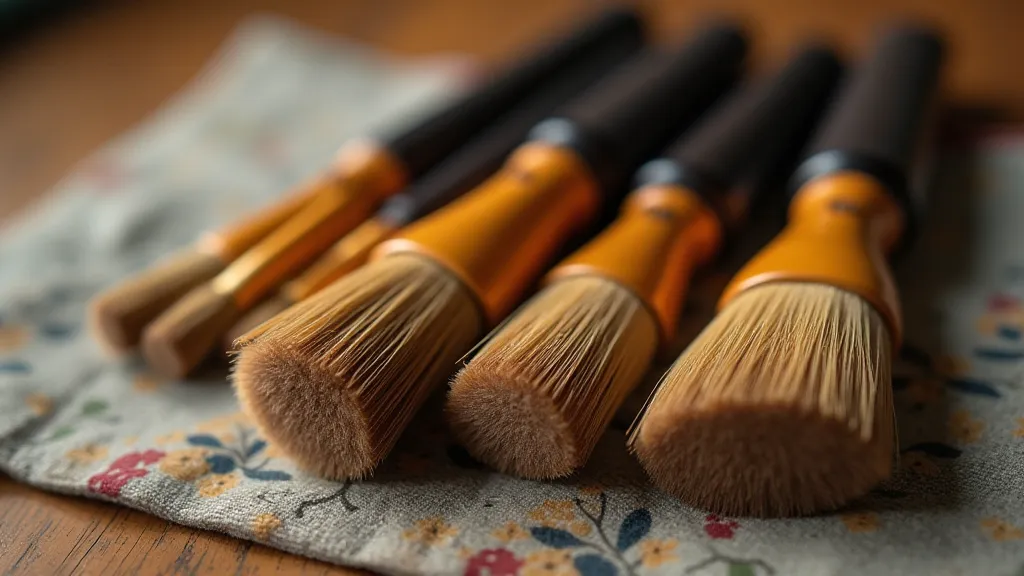
Dealing with Specific Issues
Sometimes, even with careful maintenance, brushes can encounter specific problems:
- Stiff Hair: If the hair becomes stiff, try soaking the brush in lukewarm water for a few hours. Gently massage the hair to loosen it.
- Shedding: Shedding is normal, especially with animal hair brushes. Gently pluck the loose hairs. Excessive shedding might indicate a low-quality brush.
- Bent or Misshapen Head: Carefully reshape the brush head using your fingers. If the shape is severely distorted, it may be beyond repair.
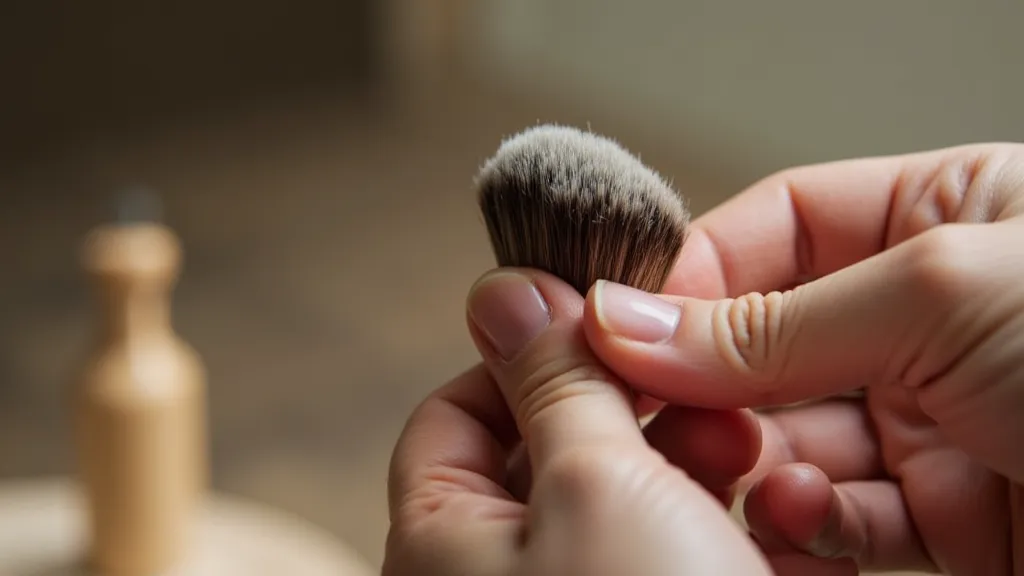
Conclusion
Maintaining your Sumie brushes is a small investment of time that yields a significant return in the longevity and performance of your tools. By following these simple techniques, you're not just preserving your brushes, you’re safeguarding your ability to create beautiful Sumie paintings.
